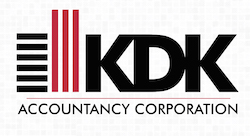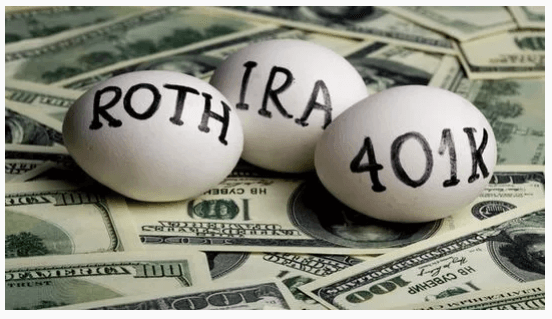How to avoid some of the more common IRA mistakes
Nearly four in 10 households in the U.S. own an individual retirement arrangement or IRA. And that means about 50 million households might someday make a costly and perhaps irrevocable mistake when it comes time to take required minimum distributions or RMDs from those accounts.
According to Uncle Sam, you generally must start taking withdrawals — RMDs — from your IRA, SEP IRA, SIMPLE IRA, or retirement plan account when you reach age 70½. Your RMD is the minimum amount you must withdraw from your account each year. And according to the IRS, the beginning date for your first RMD for IRAs, including SEP and SIMPLE IRAs, is April 1 of the year following the calendar year in which you reach age 70½ and for 401(k), profit-sharing, 403(b), or other defined contribution plans it’s generally, April 1 following the later of the calendar year in which you: reach age 70½, or retire.
Sounds simple, but retirement account owners make plenty of mistakes when it comes to RMDs. Here’s a look at some of the common mistakes that are made:
You need to take your RMD. “The most common mistake is either someone not taking RMDs from their qualified accounts or not enough,” says Thomas O’Connell, president of International Financial Advisory Group.
And claiming ignorance when you forget to take a distribution is no excuse. “Thinking and believing that ‘no one told me about the rules’ is a valid excuse for missing or messing up the amount you take for your RMD,” says Matthew Curfman, the president and co-owner of Richmond Brothers. “The onus is on the taxpayer and just because you have not been audited ‘yet’ does not mean you are in the clear.”
Curfman says the taxpayer/IRA owner is still responsible for correcting any mistakes that are uncovered. To be fair, there is a chance that if you take immediate corrective action, that the IRS could waive your penalty. “But if you do nothing and the IRS discovers your mistake, you should be prepared to pay Uncle Sam a hefty penalty,” he says.
Are you still working past age 70? More people are working until or past age 70, says Joseph Clark, a managing partner with The Financial Enhancement Group. “They seem to forget the technical rule is you must take an RMD the year after the year you turn 70½,” he says. “But if you wait you must take two distributions the following year and the first prior to April 1. This is important when people have large payouts their final year of work.”
Own a 401(k) and still working? Many account owners don’t know if they can delay taking their RMD if they own a 401(k) and are still working. “Assuming you are not a material owner — that is you own less than 5% of a business sponsoring the plan — you don’t have to take an RMD from a 401(k) while working,” Clark says. “You do, however, have to take the RMD from IRAs regardless of working or not when you reach the 70½ mark or the year after.
Read more: https://usat.ly/2hNLQ7H
Shared from usatoday.com
Tags:
Description

